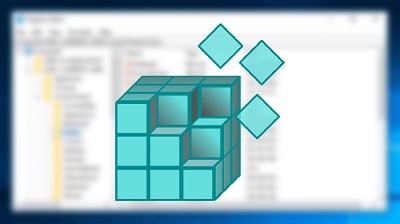What is Windows Registry
What is Windows registry: The Windows registry is normally a database that contains information options, settings options and different values required for software/hardware installed on different versions of your Microsoft Windows operating systems. For instance, when you install a program a new subkey which contains the details about the settings of the program, location, version, and the information about starting the program everything gets added to Windows registry.
Table of Contents
Saved Information in Windows Registry
Normally, Windows Registry is utilized to save information about
- Software programs settings
- Hardware devices
- User preferences,
- Operating system configurations etc
Upon installing a new program the set of instructions plus file references is included in registry in a particular destination for that program and this helps others communicate with it and look for more information like the location of the files, options that teaches to use the program etc
Where is Registry in Windows 10
The Windows Registry can be accessed and also configured with the help of – Registry Editor program, which is a free editing feature for register which comes for free with all versions of Microsoft Windows.
Registry Editor is actually not a program that you need to download. Rather you can access it by running – regedit via Command Prompt or through search/Run box via Start menu.
Registry Editor helps you view the registry and helps you view and modify it as required, but that’s not the registry alone. Ideally, the registry is defined as combined term for different database files situated in Windows installation directory.
The registry comprises of registry values (especially instructions), located inside registry keys (folders containing more data), all inside any of the multiple registry hives (“main” folders which sort out the data and categorize them in registry with help of subfolders).
Changing the values & keys with the help of Registry Editor will automatically modify the configuration controlled by a specific value.
The registry is continuously referenced by Windows as well as many other programs. After you make alterations to almost any setting, you will notice the changes made to the respective and relevant sections in the registry. However you may not notice these changes till the time you reboot your system.
Now that you know that Windows Registry plays an important role, it is important to back up the sections are you have altered prior to changing them. Windows Registry backup files get saved as REG files.
Features & Advantages of Windows Registry
- All of the low-level & 3rd OS components & applications, for example kernels and device drivers, can easily use registry.
- To outline system performance, it enables access to important and relevant counters.
- It saves and display user changes to policies, configurations, preference and applications.
- Based on the Windows version, it saves physical registry files at various locations.
- It consist 2 elements that is keys, which are same as concept to Windows folders and values, which are same as files
- Registry files should be edited using the registry editor/ any third-party application, because file modifications are not allowed to apply directly.
- Although you can delete registry values & keys physically, Microsoft offers the tool – RegClean carry out the process automatically.

